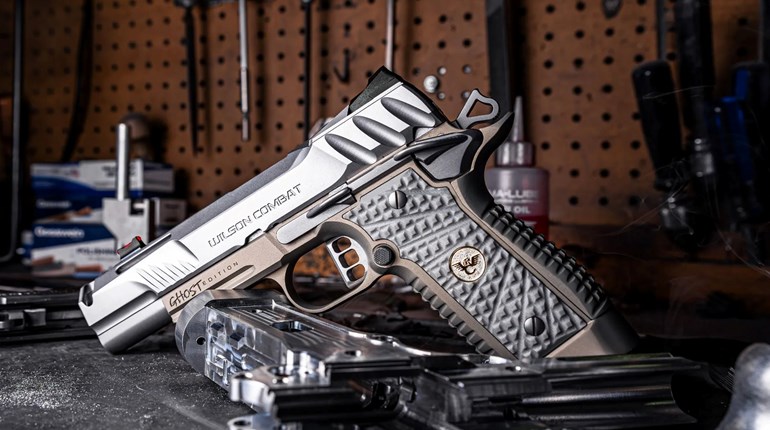
I have three carry guns: A Glock G26 that gets carried a lot, a Glock G19 serving primarily my "truck pistol" and a five shot .38 Spl. revolver with me when I do PT and as my backup gun if I am wearing long pants. For spare ammo, I have a 17-round 9 mm mag as a reload for the Glocks and two, eight-round Speed Strips for the .38.
The revolver is carried either on my left ankle when I have long pants on, or inside a Pistolwear holster in front of my crotch while running or wearing shorts in the summer. Either way, the .38 Spl. and its ammunition get exposed to more sweat and cooties than either Glock, particularly the ammo.
Most shooters know they should rotate ammo in their defensive firearms. I have heard various theories on when to do so—cops have stated they fire their carry ammunition during qualification, and then reload with fresh fodder. That could mean 3, 6 or even 12 months with the same ammo in your gun. Some frugal folks (that includes me) have sometimes downloaded expensive expanding hollow-point ammo and replaced it with FMJ when it is time to train.
For the last few months, I have had very little time to train myself because I've been training others. Finally, I get some "alone" time on my range, so I pull my .38 Spl. out of the ankle holster and plan to put all five rounds onto a steel target. The gun goes bang three times and click twice. I cycle through all chambers again and get one more bang. Another five attempts resulted in five clicks. I reloaded from one of the speed strips and had five good rounds. Of the remaining 11 rounds, I had another failure to fire. These rounds had been in my pocket and in that gun for three months in the Texas heat and humidity, and were exposed to a fair amount of sweat and temperature changes as I went from 100 degrees to 72 degrees, with humidity almost constantly above 70 percent.
As a comparison, all the 9 mm fired without fail, and they had been loaded for about the same amount of time. The fresh box of 50 rounds I pulled out for the .38 Spl. all fired without any problems.
The moral of the story is to rotate your ammo more frequently if it is more exposed to the elements. If you can't get to a range, dump it in a ziplock marked "Not For Carry" and shoot it when you do go train. This advice is not the result of a scientific study—I just wanted to pass on that if I had to use my wheelgun to save my life, 40 percent of the ammo failed to fire the first time around the cylinder.
Not good.





































